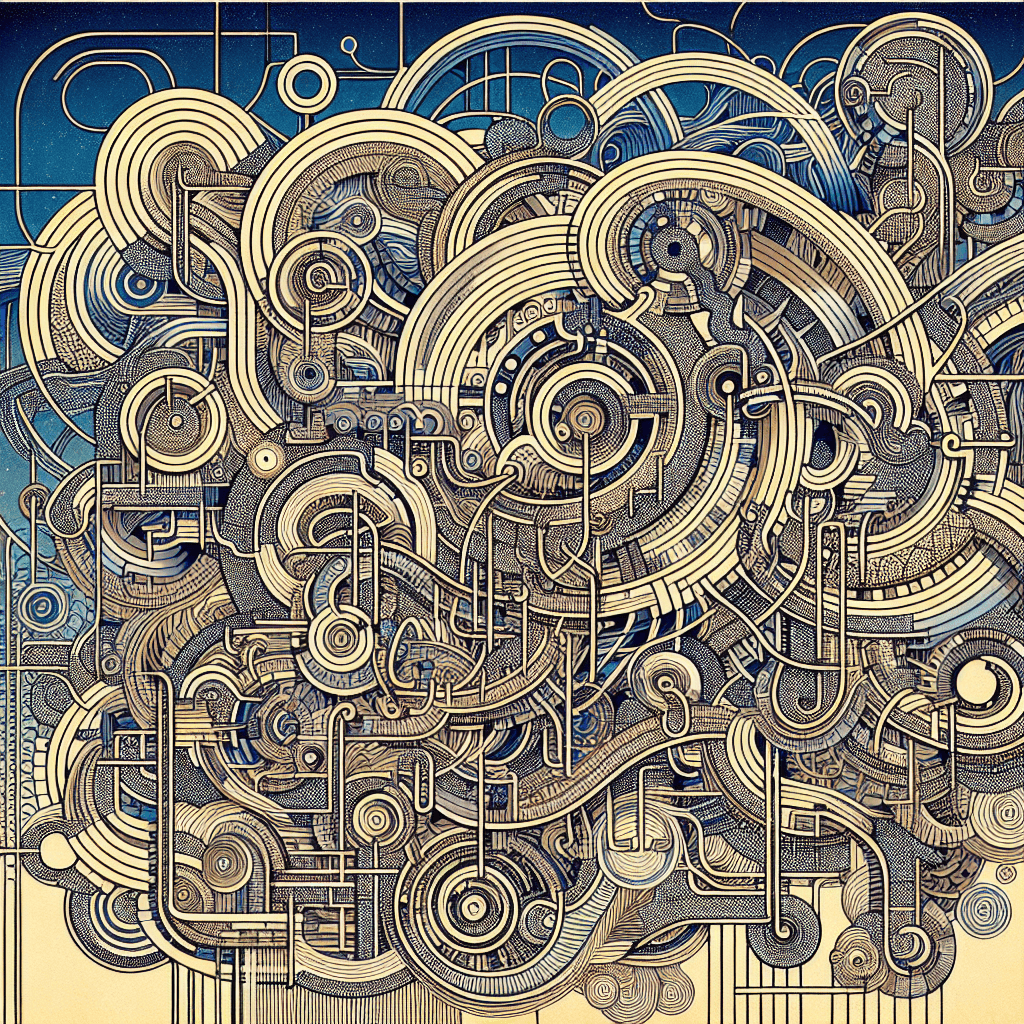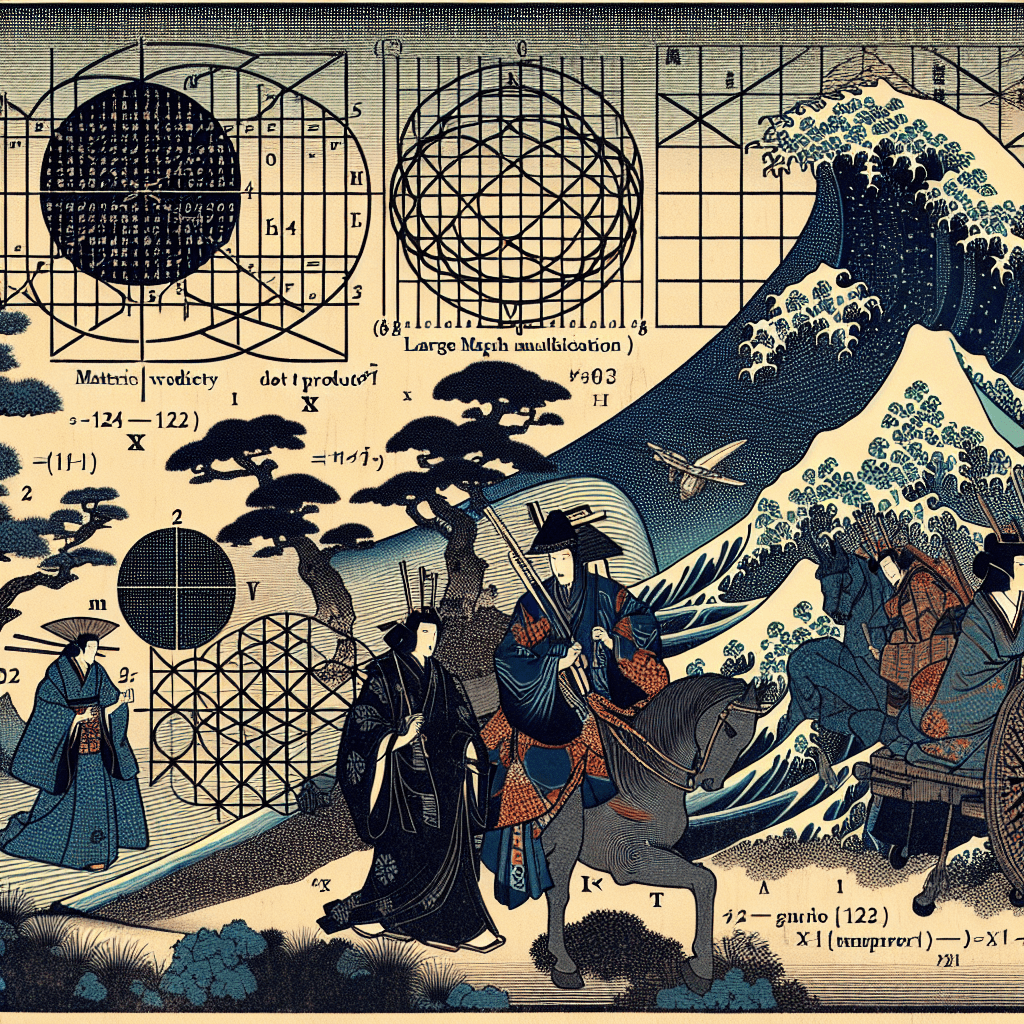Navigating Feedback Loops in Advanced Neural Architectures
syndu | Oct. 5, 2023, 2:46 p.m.

Navigating Feedback Loops in Advanced Neural Architectures
As we delve deeper into the realm of advanced neural architectures, we often encounter challenges that push the boundaries of our understanding. One such challenge is the feedback loop that can occur when a system generates a new task from the response of a previous task, essentially creating a rephrase of the same task. This can lead to an endless loop, a situation that can be as perplexing as it is frustrating.
In a recent scenario, a subsystem was introduced into a chat processing system to handle specific requests. This subsystem, known as the planner, listens to chat messages and triggers tasks based on the content of the messages. The planner is also capable of decomposing a task into subtasks, effectively creating a small project.
However, a feedback loop was encountered when the planner processed a chat message, sometimes generating a new task that was a rephrase of the existing task. This led to the entire flow being repeated, creating an endless loop.
"This can lead to an endless loop, a situation that can be as perplexing as it is frustrating."
So, how can we navigate this complex situation? Here are a few strategies:
1. Task Deduplication:
Implement a mechanism to identify duplicate tasks. This could be done using Natural Language Processing techniques to compare the new task with the existing tasks. If the new task is identified as a duplicate, you could choose to ignore it.
2. Context Awareness:
Make your system context-aware. If a task is generated as a result of processing a subtask, store this information. When generating a new task, check if it's being generated from the context of an existing task. If it is, and the new task is essentially a rephrase of the existing task, then ignore the new task.
3. Task Status Tracking:
Keep track of the status of each task. If a task is in the process of being executed or has already been completed, any new task that is a rephrase of the existing task could be ignored.
4. Rate Limiting:
Implement rate limiting for task creation. This could prevent the system from creating too many tasks in a short period of time, which could help avoid feedback loops.
5. Manual Review:
If the system is unable to determine whether a new task is a rephrase of an existing task, it could flag the task for manual review. This could help ensure that the system doesn't get stuck in a feedback loop.
Remember, the best solution will depend on the specifics of your system and its requirements. It might be helpful to create a detailed flowchart or diagram of your system to help you visualize the process and identify potential points where you could implement these solutions.
Navigating the complexities of advanced neural architectures can be a daunting task, but with careful planning and strategic implementation, it is possible to overcome these challenges.
I hope this blog post helps to shed some light on the issue and provides some useful strategies for dealing with it.






